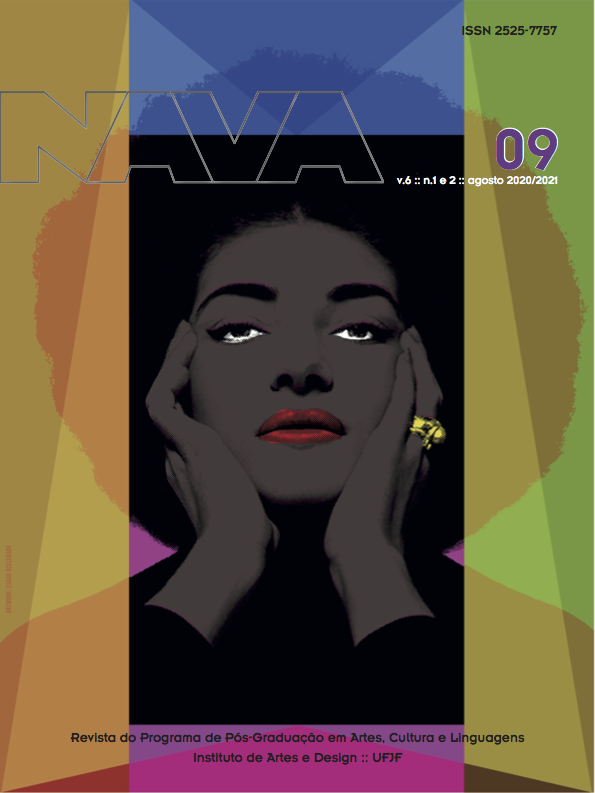Black and white migration to artist Kara Walker
DOI:
https://doi.org/10.34019/2525-7757.2021.v6.32868Keywords:
Keywords: stereotypes, racism, history, migrationAbstract
The purpose of this essay is to promote reflection on the living conditions of African Americans, particularly women who have been the main victims of racism, exploitation, segregation and violence in the United States of America, with a special focus on the southern states. The corpus that provides this reflection is the art expression of the African-American artist Kara Walker. Her powerful images, through the assemblages, installations and monochromatic silhouettes, tell the story of the forced migration of millions of Africans transported in the most shameful and horrible conditions of survival in slave ships heading for the Americas; they also narrate the horrors of slavery, and the the daily life of black slave women in the antebellum south, the American Civil War, and the difficult daily lives of African-American citizens from the abolition of slavery to the present. Equally relevant is the analysis of the feeling of alienation before “Yourself” and the “Others”, as an American citizen and artist, which makes Kara Walker a “migrant in her country”. Several stereotypes related to the physical attributes of black and white individuals are also described in Walker's works, within the phenomenon of Alterity, which function as metonymies identifying race and gender. The literal and symbolic identification of each character in cut out silhouettes is fundamental for the understanding of her interpretative work of US history, hence the use of stereotypes from popular entertainment culture such as: cinema, caricature, jokes, among others.
Downloads
Downloads
Published
Issue
Section
License
Copyright (c) 2021 Maria Ondina Pires

This work is licensed under a Creative Commons Attribution 4.0 International License.
A Revista Nava adota a licença Creative Commons CC-BY.
Nossa política de direitos autorais garante aos autores a possibilidade de adaptar e partilhar o conteúdo publicado.
Os autores se mantém como detentores do copyright de seus trabalhos após a publicação.






